Fluoroplastic alloy pumps are widely used in industries such as chemical, power, and metallurgy. To ensure a secure and reliable connection between fluoroplastic alloy pumps and pipes, the selection and correct application of connection techniques are of utmost importance. This article will focus on the connection techniques between fluoroplastic alloy pumps and pipes, as well as their advantages and considerations.
I. Common Connection Techniques for Fluoroplastic Alloy Pumps and Pipes
1.Flange Connection: Flange connection is the most common method for connecting fluoroplastic alloy pumps and pipes. This connection technique involves the use of flanges and gaskets, which are tightened together using bolts. Flange connections are characterized by their simplicity, ease of installation and disassembly, and high reliability. They are suitable for small to medium-sized connections.
2.Welding Connection: Welding connection is commonly employed when a high level of sealing is required between fluoroplastic alloy pumps and pipes. Common welding methods include hot-melt butt welding and electric fusion butt welding. Welding connections provide permanent and reliable joints with excellent sealing performance and strength, making them suitable for high-pressure, high-temperature, and corrosive media applications.
3.Threaded Connection: Threaded connection is a suitable method for connecting small-diameter fluoroplastic alloy pumps and pipes. It involves screwing the threads together to achieve a tight connection. Threaded connections are characterized by their simplicity and ease of installation, but their application is relatively limited under high-temperature, high-pressure, and heavy-load conditions.
4.Clamp Connection: Clamp connection is a commonly used rapid connection method. It involves using clamps to tightly connect fluoroplastic alloy pumps and pipes, allowing for easy disassembly and replacement. Clamp connections are suitable for applications that require frequent disassembly and cleaning.
II. Advantages of Fluoroplastic Alloy Pump and Pipe Connection Techniques
1.Excellent Corrosion Resistance: Fluoroplastic alloy pump and pipe connections, using fluoroplastic alloy materials, offer exceptional resistance to corrosion. They can withstand the erosion caused by strong acids, alkalis, and other corrosive media, ensuring long-term stable operation of the equipment.
Superior Sealing Performance: The proper selection and application of connection techniques ensure effective sealing at the pump body and sealing points, preventing leaks and maintaining a safe and clean working environment.
Stable Mechanical Performance: Appropriate connection techniques provide sufficient mechanical strength to withstand the pressure and temperature variations of the media, preventing leaks and mechanical damage.
III. Considerations
1.Material Compatibility: When choosing connection techniques, the compatibility between the pump, pipe, connection components, and sealing materials must be considered. This is crucial to prevent corrosion, leakage, and performance degradation.
2.Sealing Material Selection: Select suitable sealing materials such as rubber gaskets or polytetrafluoroethylene (PTFE) seals based on the characteristics of the media and working conditions, ensuring reliable connections and sealing.
3.Installation Requirements: Follow the installation requirements provided by the equipment manufacturer to ensure proper and high-quality connections.
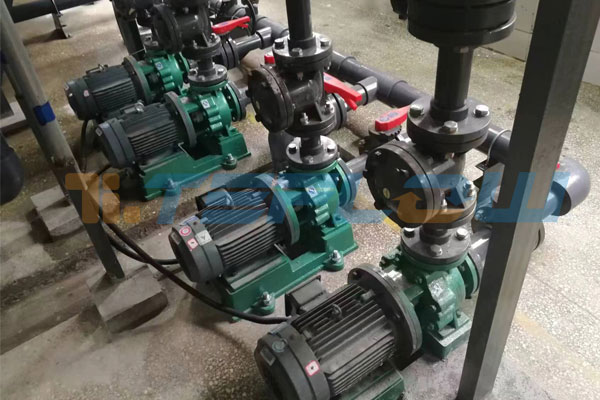
The connection techniques between fluoroplastic alloy pumps and pipes play a critical role in ensuring the safe operation and process integrity. By selecting and applying the appropriate connection techniques, secure, reliable, and leak-free connections can be achieved, enhancing equipment reliability and lifespan. It is essential to choose the most suitable connection technique based on the process requirements, considering factors such as media characteristics, mechanical strength, and cost-effectiveness.





 +86 18130251359
+86 18130251359 teflowpumps@tlpumps.com
teflowpumps@tlpumps.com

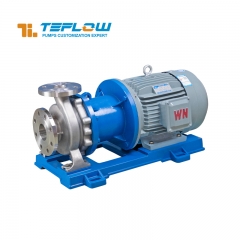
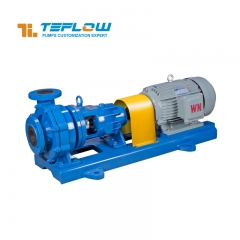
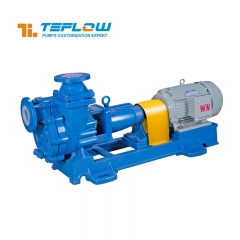
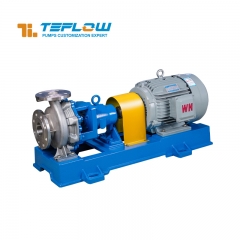
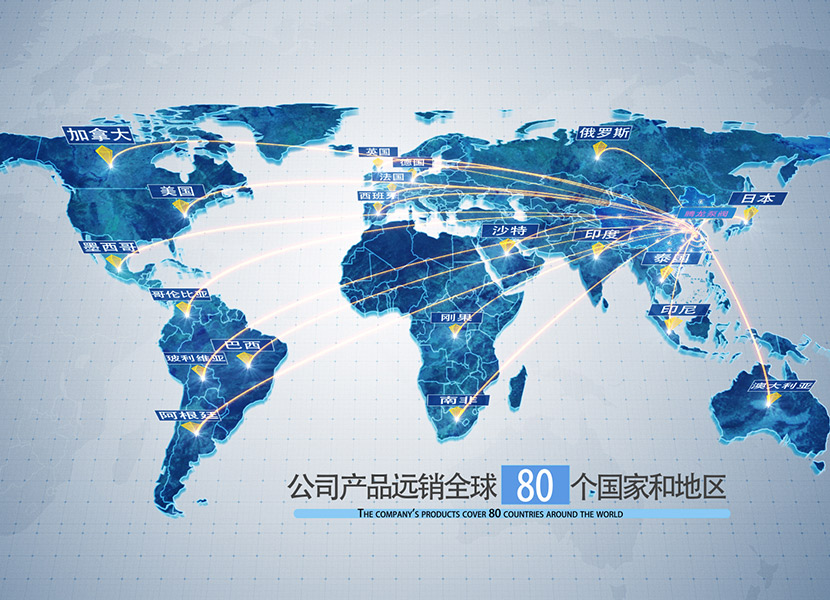







 +86+0563-5093318
+86+0563-5093318
